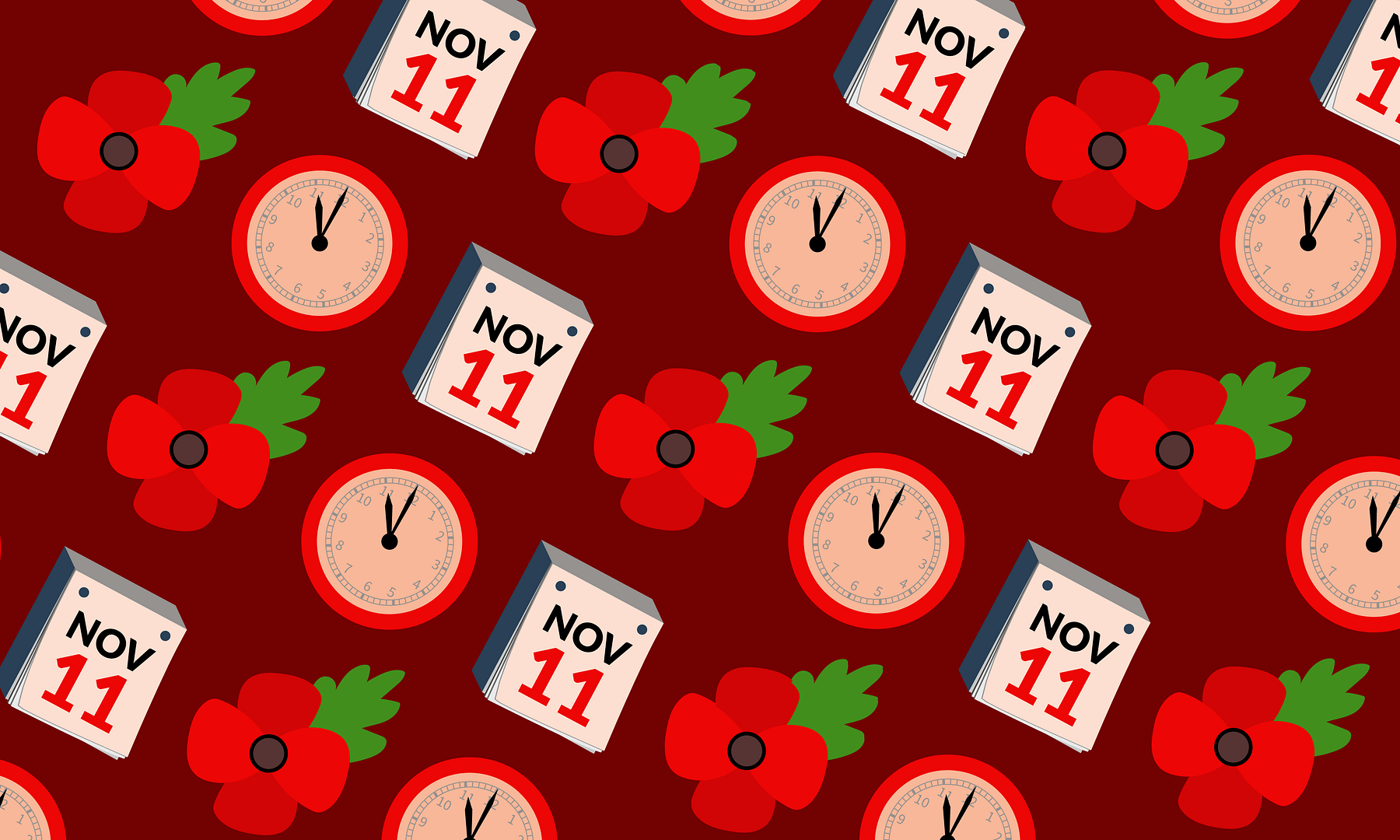Teaching Remembrance Day: Ideas For Primary Schools
Written by Kapow Primary team
Published on 29th October 2024
Last Updated: 29th October 2024
Written by Kapow Primary team
Published on 29th October 2024
Last Updated: 29th October 2024

Remembrance Day provides an opportunity to help children understand the significance of history, bravery, and peace. However, discussing topics related to war and conflict can be sensitive, especially with younger pupils. This blog offers practical ideas to help you approach Remembrance Day in an age-appropriate and meaningful way with primary school children.
When introducing Remembrance Day, consider the age and maturity of your pupils. For younger children, focus on concepts such as peace, kindness, and remembering people who help us. For older children, you can gradually introduce more context about war, sacrifice, and why it is important to remember these events.
Explain that Remembrance Day, originally known as Armistice Day, is observed on 11 November to commemorate the end of World War I in 1918. After World War II, it was renamed to honour members of the armed forces who died in both world wars and other conflicts.
Key stage 2 pupils might be learning about World War II as part of the History curriculum. Explore our Year 6 History unit What was the impact of WW2 on British people?
Pupils might be interested in the legacy of wartime. In Computing lessons, discover the significance of code-breaking during World War II with our Bletchley Park lesson plan.
Use age-appropriate books and stories to explain Remembrance Day. Stories such as ‘The Poppy Lady’ by Barbara Walsh (KS2) or ‘Where The Poppies Now Grow’ by Hilary Robinson (KS1) help convey the meaning of the day through narratives that are engaging and accessible for children. Storytelling helps humanise historical events and makes them relatable for young learners.
Encourage an open discussion where children can ask questions and express their thoughts or feelings. Explain that it’s okay to feel sad or reflective and that Remembrance Day is a time to remember the past to help create a better future. Be prepared to handle sensitive questions carefully, providing simple, honest, age-appropriate answers.
Further advice on tackling sensitive topics with primary children can be found in our blog, which supports you in handling controversial issues.
Creative activities help children process their thoughts and emotions on a topic. Encourage them to create drawings or poems about peace and remembrance. Make crafts inspired by red poppies, a symbol of Remembrance Day, representing hope and serving as a reminder of those who gave their lives for the freedom of others. To deepen understanding, consider creating a Remembrance Day display in your classroom with their work.
Visual aids, for example photographs, paintings, and videos, engage children in the history and significance of Remembrance Day. Use images of poppy fields, ceremonies, or war memorials to help them visualise and connect emotionally to the topic.
Observe the two-minute silence at 11 am on November 11. Explain its significance and encourage the children to think about those who have helped or made sacrifices, developing a sense of gratitude and empathy.
While it’s essential to remember the sacrifices made, it’s equally important to focus on messages of hope, peace, and unity. Emphasise that Remembrance Day honours those who worked for peace and a better future for all.
Organise a school-wide Remembrance Day assembly or event. Involve children in reciting poems, reading stories, or laying poppy wreaths. This collective activity can help them understand the significance of the day and create a sense of unity and shared purpose within the school community.
If possible, invite guest speakers who serve or who have served in the armed forces to your school. Such visits can be enriching experiences, providing pupils with positive role models and exposing them to a first-hand account of what it means to serve your community and country.
Help children make personal connections by discussing local war memorials, honour rolls, or community stories. You could plan a visit to a nearby war memorial or invite a local historian or veteran to speak about the importance of Remembrance Day. This approach makes the topic more relatable and meaningful and is also suitable for commemorating D-Day on 6 June.
Learning about how death is marked in different cultures can help pupils understand that there are many ways to remember the deceased. In Religion and worldviews (RE), you might teach about Dia de los Muertos or Samsara and reincarnation alongside lessons or activities relating to Remembrance Day.
Be mindful of the emotional impact that discussions about war and loss may have on children, particularly if they have personal connections to the military or have experienced loss themselves. Offer reassurance, be attentive to their reactions, and provide additional support if needed.
Teaching children about Remembrance Day is an opportunity to develop understanding, empathy, and respect for the past while instilling values of peace and hope for the future. By using age-appropriate themes, creative activities, and open discussions, you can help your pupils engage with this important topic in a meaningful way. Remember, the aim is not to overwhelm but to inspire thoughtful reflection and understanding in a supportive environment.